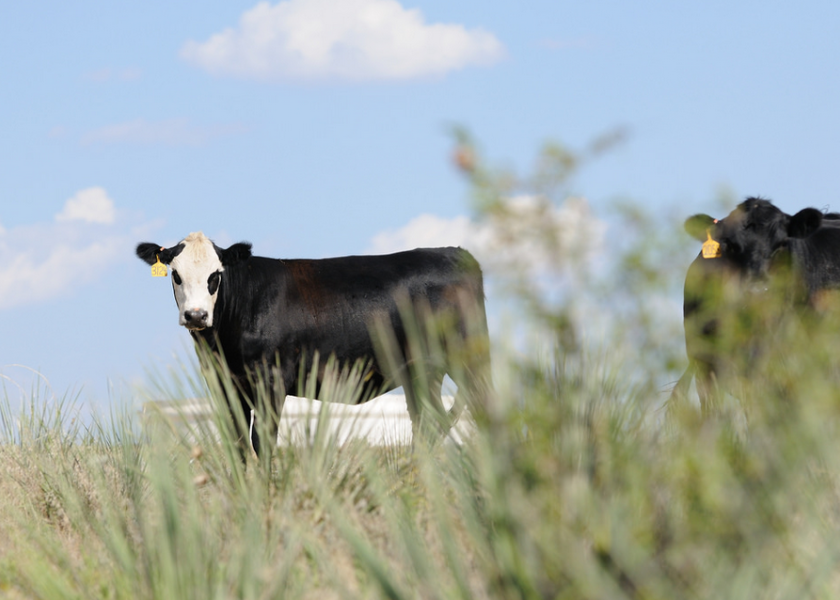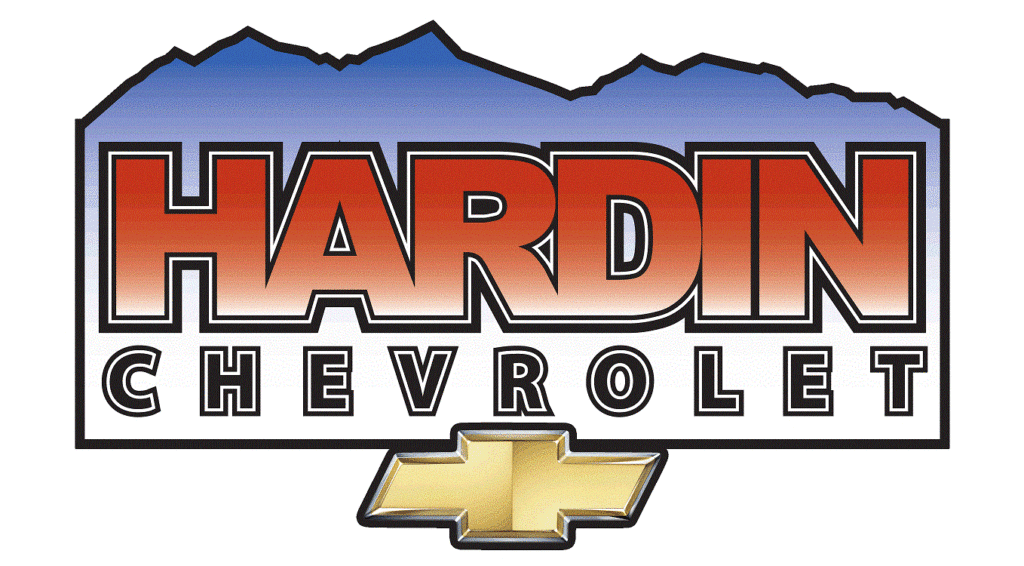Summertime in July means there are often two pasture requirements: shade and reliable water. There is plenty of debate whether shade is required or not in arid parts of the country as well as beyond the pasture setting. However, settling the debate on requirements is not the goal this month, rather looking at how shade and water source can impact cattle performance.
Cattlemen’s intuition would suggest shade availability and water intake should be linked. Stand out in the sun very long and one is certainly warmer than standing in the shade. Despite the increased heat load due to solar gain there is little research evaluating the combined effects of shade and water on cattle performance. Recent Brazilian research[1] in the Journal of Cleaner Production by Taisla Novelli and coworkers addressed the question of shade availability and water use efficiency.
Before we look at results, the environment and cattle merit some discussion. The experiment used 991 lbs. Nelore bulls fed in a lot located in Sao Carlos, Brazil. While humidity was not reported this was a tropical climate where the regional spring temperature ranged from 54.3 to 95.9 degrees with an average of 73.4 degrees.
The artificial shades within the experimental pens allowed for 65 square feet of 78–83% shade. Amount of shade recommended per head is as variable as whether shade is required or not. Depending on the reference, shade recommendations range from 20 to 60 square foot per head with greater space attributed to heavier weight and/or more mature cattle.
Most consider Nelore cattle as heat tolerant compared to the native beef breeds so the conditions of this experiment reflect the combination of heat tolerant cattle with abundant shade area during a season of marginal heat stress.
Looking at water intake relative to shade availability, the shaded cattle drank 9.7 gallons per day while those without shade drank 10.6 gallons. Water intake increased by 9% or about a gallon per head day due to absence of shade. Average daily gain was numerically improved by shade where shaded cattle gained 3.4 lbs./d while unshaded gained 3.2 lbs./d.
The authors reported an interesting, combined metric of water productivity where live weight gain and water intake were combined into an index. Shaded cattle produced 1.69 lbs. of liveweight per gallon while unshaded cattle produced 1.54 lbs. of liveweight per gallon. Providing shade improved water productivity by 9.7% with no observed difference in feed intake between the groups.
Water use efficiency in US beef production has improved, as highlighted by Sarah Klopatek and Jim Oltjen’s[2] recent report where combined surface and ground water use in beef systems declined by 37.6% from 1991 to 2019. Regardless of this systematic improvement, water use debates for livestock are likely to increase going forward, this experiment highlights how feeders may enhance water efficiency while capitalizing on performance benefits of shading. We have marketing claims for grass-fed, organic, non-hormone, and natural perhaps it’s time to add shade and water conservation to the list?
As we consider water efficiency, how we offer water to cattle can also impact performance. I’m not certain the source of water influences efficiency (surface or groundwater) for cattle drinking. My recollection of the water cycle suggests water changes sources as it is cycled and aside from pollution or salinization is ultimately recycled back into the system over time.
If we consider most sources as equal in terms of meeting the animal water requirements the “container” we offer water in can certainly impact water intake and animal productivity. The impact of water quality and offer method is often very clear or not this time of year, as pond water quality changes over the season. Gabriela Bica and co-workers[3] recently looked at the impact of water source on grazing cattle performance in a separate Brazilian experiment.
Nelore x Hereford calves averaging 416 lbs. were turned out onto pastures where water sources were either water tanks or ~0.17-acre ponds similar to those found across many US pastures. Calves continuously grazed the same pasture for 3 months.
Calves offered water in troughs or tanks gained 0.97 lb. per day while pond drinking calves gained 0.75 lb. per day resulting in a 29% gain improvement. Final weight followed ADG where tank watered calves were 502 lbs. and pond watered cattle were 482 lbs. at the end of the grazing period.
The cost of surface water sources is hard to beat and is more abundant in many regions of the country this year. When calculating the cost of well or rural water make sure to account for the expected performance improvements. With the current value of gain, water and shade infrastructure development where water is unreliable or undrinkable may be worth reconsidering.
Source: Justin Sexten – Precision Animal Health July 12, 2023
Photo: Giles Ranch, Julie Tucker








